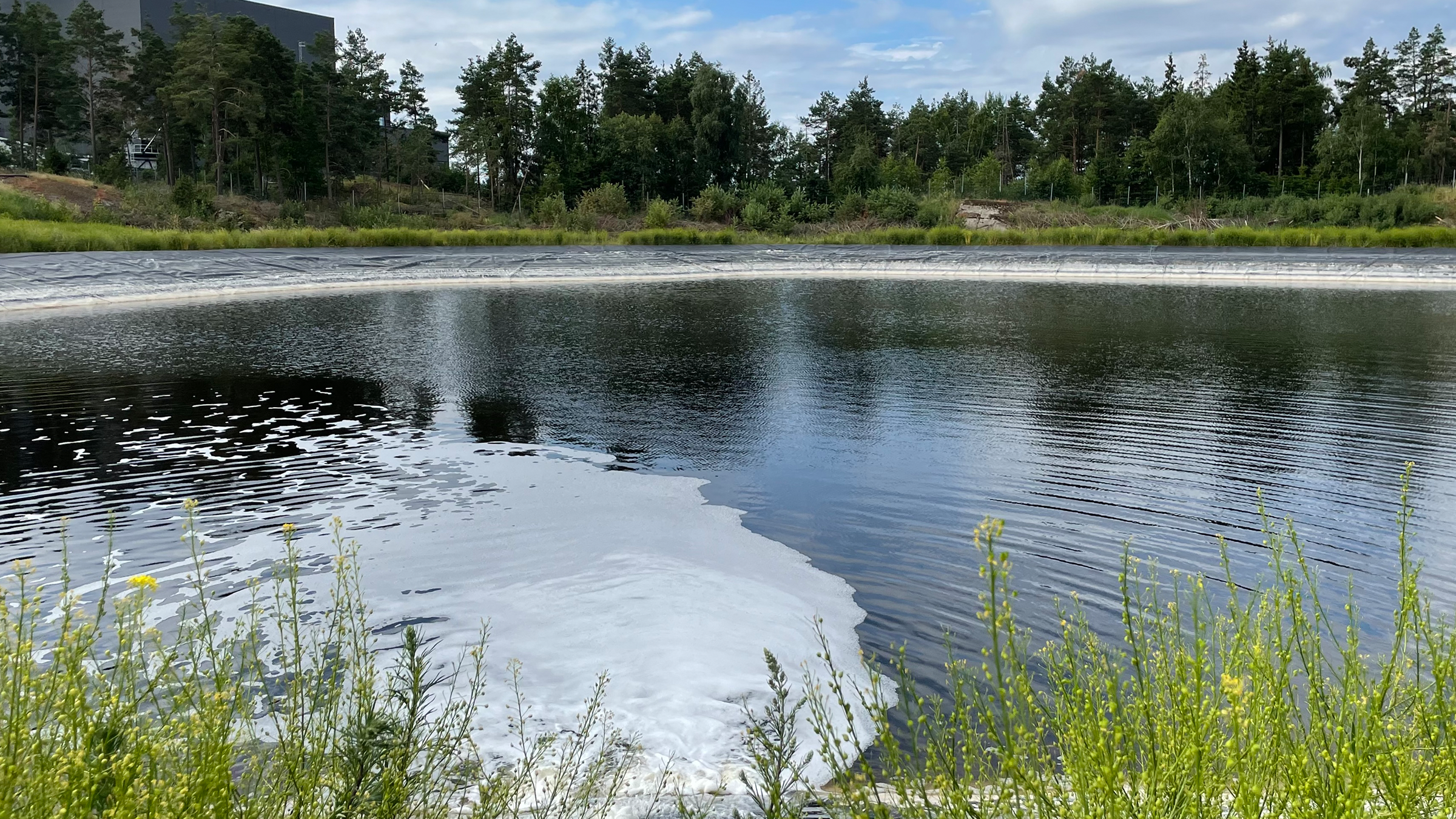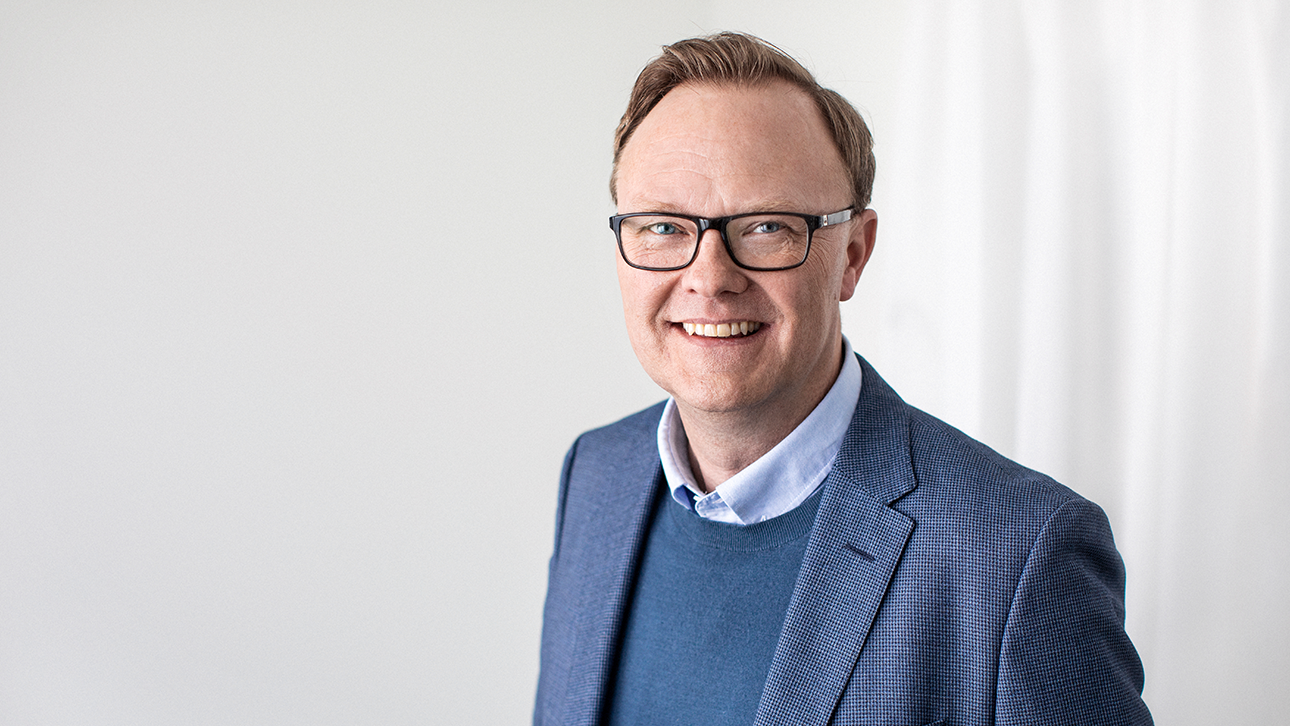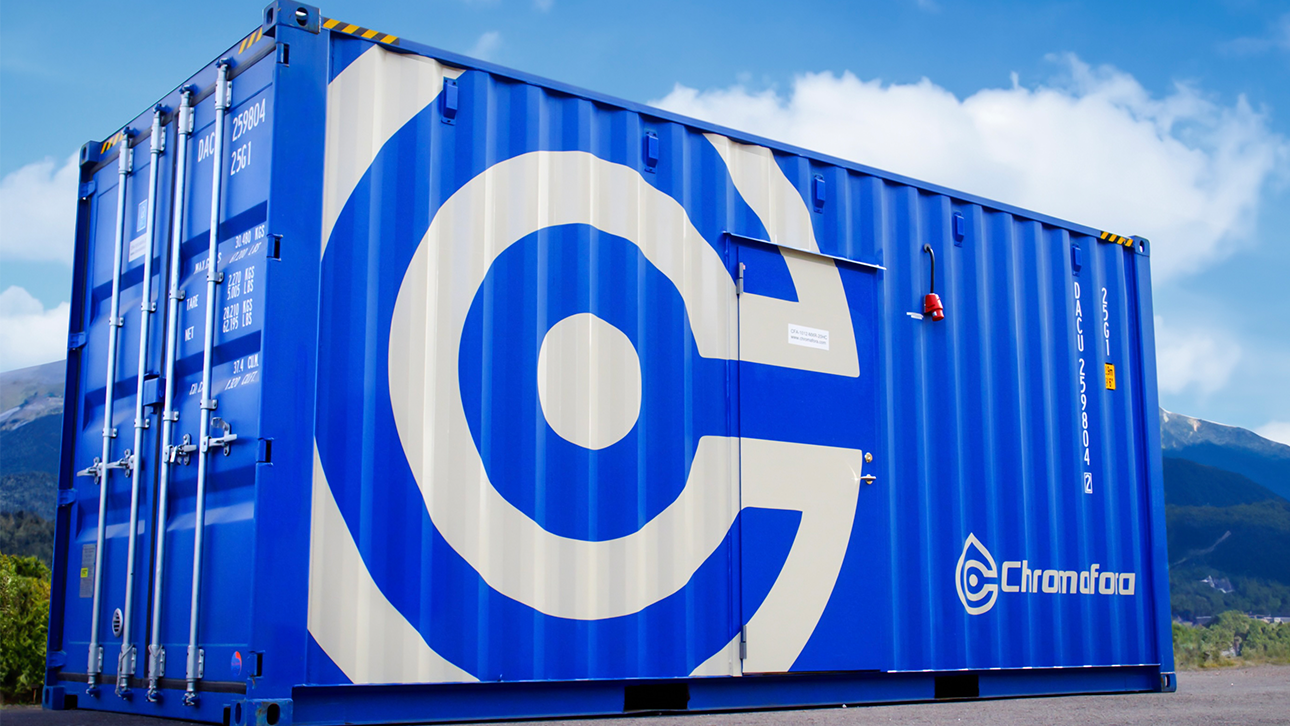
Bringing breakthrough tech for PFAS removal to Belgium and beyond
Testing shows a landfill in Flanders is removing high amounts of PFAS with patented technology from Swedish cleantech innovator, and Ragn-Sells associated company, Chromafora. It’s a successful first international foray but also an entry into the foremost market for PFAS removal.
02 Jul 2024It only took about six months after the contracts were signed to install the SELPAXT technology at a waste landfill in Flanders, Belgium. And just another six months after the system came on-line in the fall of 2023, an initial analysis found a 97% reduction of perfluoroalkyl and polyfluoroalkyl substances (PFAS) in the facility’s leachate.
Yet – in more ways than one – the project is part of something that’s been years in the making.
According to Chromafora’s CEO Johan Seijmer, the company connected with its first Flanders-based partner back in 2022.
– When they learned about our SELPAXT technology, they saw that it really had potential and could help solve an important issue, recalls Seijmer. At that time, we weren’t ready, but we kept the discussion going. And then, they came up with a project, and we said, “Okay, maybe this is the right time. Let’s see what we can do.”
 Johan Seijmer, CEO Chromafora.
Johan Seijmer, CEO Chromafora.
From extracting metals to chemicals
Chromafora was founded in 2010 to commercialise a patented chemical innovation for pharmaceutical manufacturing but pivoted within a few years to metal extracting (which is how it connected with the Ragn-Sells Group in 2014) and eventually to treating wastewater. By 2017, a team at Chromafora was starting to look at PFAS.
– They basically came up with the idea: “Okay, let’s try the same principle we use for extracting metals and see if it works to capture PFAS,” says Seijmer. That was the start of developing the PFAS treatment technology, which is now the core of the commercial go-to-market phase that we are in today.
A group of synthetic chemical compounds first used in the 1950s, PFAS (AKA ‘forever chemicals’) are cheap to produce but costly to remove from contaminated water. Conventional methods can extract PFAS with long molecules but not the ones with short molecules. They circulate and build up in the environment. The chemicals are usually removed where they’re most concentrated, far upstream from standard water treatment, in wastewater or leachate.
Applying what’s known as ‘selective chemistry,’ Chromafora’s SELPAXT technology targets and bonds with any PFAS molecule in contaminated water before it’s filtered through a special membrane.
– We say it puts a little backpack on the PFAS. With this backpack on, it’s unable to pass through the membrane, explains Seijmer, while everything else that’s not affected by the chemistry can.

A region far ahead in PFAS regulations
According to Anders Kihl, Director of Strategy and R&D for the Ragn-Sells Group, increasing corporate ownership in Chromafora over the years and supporting its development of SELPAXT has aligned perfectly with the overall Ragn-Sells mission.
– At Ragn-Sells, we know that the whole global waste industry will have a PFAS issue, and we want to do whatever we can to help solve that, says Kihl.
Although SELPAXT was already in operation at several Swedish facilities, its implementation in Flanders is a key milestone for Chromafora. And not just because it’s the company’s first project to utilise the technology outside of Sweden.
Belgium is seen as a forerunner in PFAS removal. The country and especially the region of Flanders have had prominent cases of polluters releasing PFAS in recent years. An investigation by The Guardian found that Belgium had the highest levels of PFAS pollution across Europe. As a result, it’s now home to regulations and requirements for PFAS removal far ahead of other countries.
Market insights from Business Sweden
Independent of the project with its Belgian partner, Chromafora has gained insight into the Belgian market with the help of Business Sweden, the official trade promotion agency that helps Swedish companies grow internationally. In 2023, the company was accepted into the agency’s Catalyst Project, a scale-up programme for innovative and promising Swedish businesses through which Chromafora was provided vital data on the local market characteristics and potential partners in Belgium.
According to Tomas Korseman, the Swedish Trade Commissioner for Benelux and Business Sweden’s Country Manager for the Netherlands, there’s a mature market for PFAS removal in Belgium with tough regional regulations on wastewater discharge standards and requirements for PFAS purification. And it’s most prominent in Flanders.
– We found that new regulations would require many companies located in Flanders to obtain an environmental permit for operations and activities involving PFAS materials. This makes Chromafora’s solution highly attractive to end customers, who must quickly adapt to new and more strict discharge limits.
More countries are likely to act
While some might be quick to write off the Belgian market for PFAS removal as an anomaly, others are not. Anders Kihl sees it as a necessary first step, equating it to when California first required cars to have catalytic converters in the 1970s.
– To cause innovation in industries that have to innovate, you need regulations and clear frameworks in place. Otherwise, things will not develop and take off, says Khil.
There already appear to be efforts in other countries to update drinking water regulations for PFAS and put more pressure on their wastewater sources.
– We see a lot of movements all over Europe, for example, in Sweden, Norway, and so on. But Belgium is in the lead, says Seijmer.
Chromafora is increasing its presence in Belgium to support its sales and operations. There are, after all, over 150 identified PFAS hot-spots in Flanders. Yet the word also seems to be out beyond the country’s borders, with potential leads coming in from the Netherlands and Germany. Some stakeholders are intrigued by the SELPAXT technology’s scalability, others are drawn by its potential status as best available technology (BAT). But all, according to Seijmer, are exasperated by their struggle to remove PFAS.
– The comment from most customers is that they have tried everything and nothing works, he says. When they test out our solution, they see that it does work.
